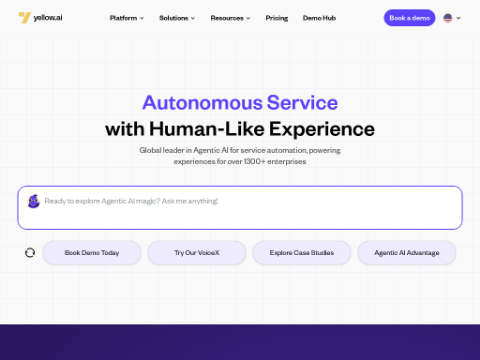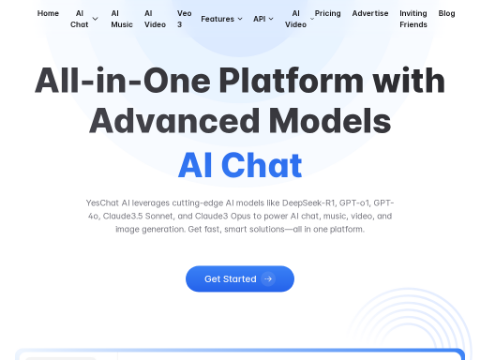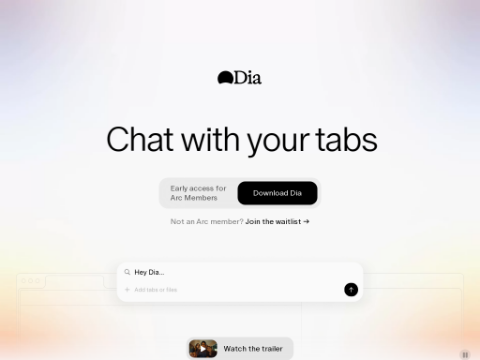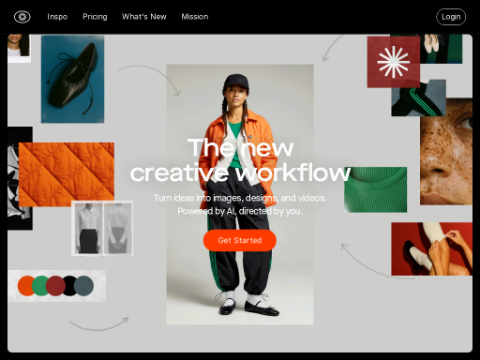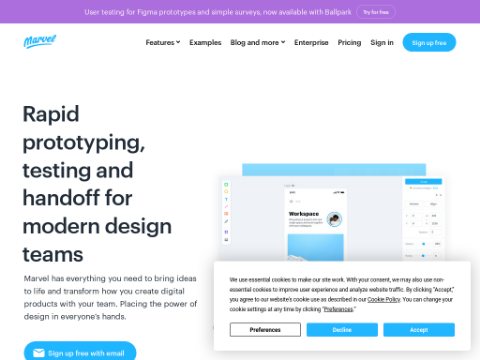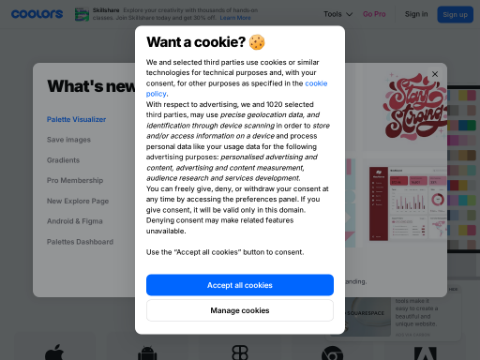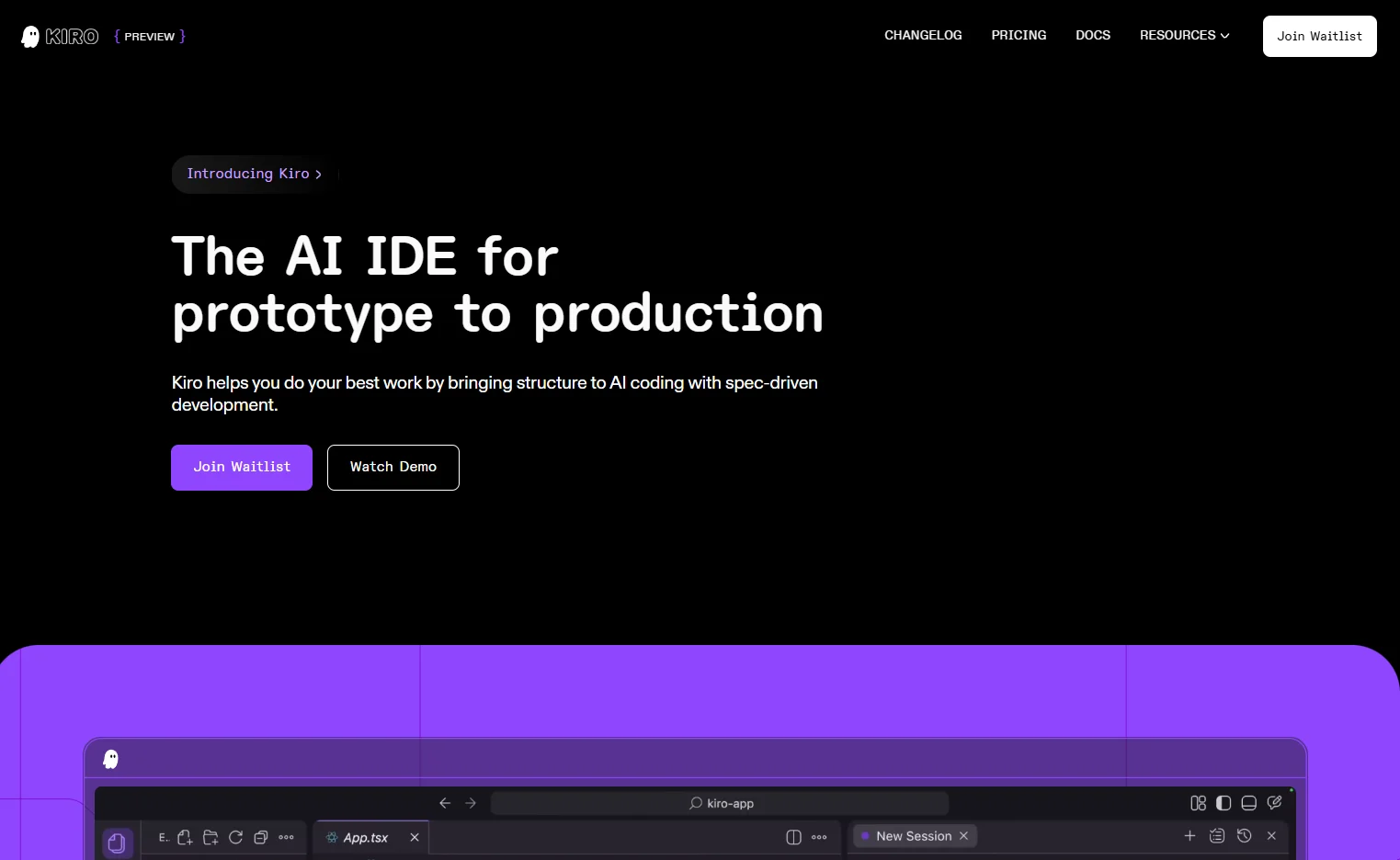OpenAI has made its latest AI models, o1-preview and o1-mini, available to all ChatGPT Enterprise and ChatGPT Edu customers. These models are designed to tackle complex reasoning tasks and are expected to transform how organizations and academic institutions address some of the most challenging problems, from advanced coding to scientific research.
Earlier this month, OpenAI introduced the o1 models, showcasing their latest efforts in developing AI capable of deep, multi-step reasoning. By emulating human thought processes, these models can solve intricate problems that earlier AI iterations struggled with, opening new possibilities for industries that rely on advanced problem-solving.
AI Designed for Critical Thinking: What Sets o1 Models Apart
Both o1-preview and o1-mini models are engineered to possess more critical and in-depth thinking capabilities compared to their predecessors. OpenAI has trained these models to spend more time processing information before responding, enabling them to handle complex tasks in areas such as mathematics, coding, and scientific discovery.
In initial tests, the o1-preview demonstrated its prowess by solving 83% of problems in the qualifying exams for the International Mathematical Olympiad, a significant improvement over GPT-4o, which solved only 13%. Similarly, the model excelled in coding competitions, ranking in the top 89% on the Codeforces platform, known for its rigorous testing of coding skills.
The smaller and more cost-effective o1-mini model is specifically optimized for coding tasks, providing a more affordable option for companies that require advanced problem-solving capabilities without extensive world knowledge. This makes o1-mini particularly suitable for generating and debugging complex code, offering accessible options for small businesses and developers.
Why o1 Models Are Game Changers for Enterprises
For enterprise clients, the new o1 models represent a significant leap forward. Businesses across various sectors, from finance to healthcare, are increasingly adopting AI not only for automation but also for tackling complex, high-risk problems where human expertise has limitations. The o1 models' abilities in reasoning, refining strategies, and identifying errors make them exceptionally well-suited for these applications.
These capabilities are especially attractive to companies dealing with complex datasets and workflows. For instance, the o1-preview model can assist physicists in generating complex quantum optics formulas or help medical researchers annotate large-scale genomic data. This contrasts sharply with earlier AI models that primarily handled repetitive, low-level tasks.
Dr. Delia Unutmaz, an immunologist at the Jackson Laboratory, recently used the o1-preview model to draft a cancer treatment proposal. "It built the entire framework of the project within a minute, proposed highly creative objectives, and even considered potential pitfalls," she posted on X.com (formerly Twitter). "It might have taken me days or even longer to prepare this proposal," she added, noting that the model presented ideas she might not have conceived even with her 30 years of experience in the field.
This boost in productivity and creativity is precisely why so many enterprises are eager to integrate these models into their workflows. OpenAI's decision to prioritize enterprise client needs with this release underscores its strategic goal to dominate high-value, high-complexity areas of the AI market.
Educational Institutions Stand to Gain Substantially
The o1 models also serve as powerful tools for educational institutions. Universities and research centers often face resource and time constraints when conducting complex data analysis or research. By offering these models to ChatGPT Edu customers, OpenAI is providing students and researchers access to cutting-edge AI tools that can help them tackle some of the most challenging problems in their fields.
Initial feedback from the academic community has been overwhelmingly positive. Dr. Kyle Cabasarez, an astrophysicist at the Bay Area Environmental Research Institute, posted on X.com that the o1-preview "completed tasks in one hour that would typically take me about a year during my PhD." In fields requiring complex computations and data analysis, such as computational fluid dynamics and immunology, the o1 models have proven their value by accelerating research processes and providing new insights.
The o1 models are also set to transform how students learn. By handling more complex tasks, these models allow students to focus on higher-level thinking rather than getting bogged down in rote memorization. This shift could lead to increased innovation and creativity in academic research, accelerating breakthroughs across various disciplines, from physics to biology.
Safety and Governance: OpenAI’s Commitment to Responsible AI
In addition to advanced capabilities, the o1 models are equipped with enhanced safety features. OpenAI has developed a new safety training method that enables these models to reason within ethical guidelines and safety protocols. This is crucial for enterprises and educational institutions that handle sensitive data.
OpenAI has stated that it will not use customer data for training purposes, ensuring the security of proprietary information. The company has also introduced rigorous safety assessments, including a "jailbreak" test where o1-preview scored 84 out of 100, significantly outperforming GPT-4o's score of 22. This indicates that the o1 models are better at resisting attempts to bypass security measures, a key feature for organizations concerned with compliance and data privacy.
On a broader scale, OpenAI has established formal partnerships with AI safety research institutes in the US and the UK, allowing these organizations early access to the models for independent testing. This collaboration aims to ensure that AI advancements align with ethical standards and regulatory frameworks, a growing concern as AI systems become more autonomous and integrated into everyday operations.
Competitive Landscape: OpenAI vs. Anthropic
The release of the o1 models positions OpenAI as a leader in the competitive AI enterprise sector. However, the company faces formidable competition. Anthropic, another major player in the AI field, recently launched its enterprise-focused model, Claude Enterprise, which offers a large context window of 500,000 tokens—more than double that of OpenAI’s current models. While Anthropic’s model excels in handling large datasets, OpenAI’s strength lies in its focus on deep reasoning and problem-solving.
OpenAI's ability to integrate these advanced models into its existing enterprise and educational products gives it a competitive edge. Although Anthropic may have an advantage in data processing capabilities, OpenAI's emphasis on reasoning tasks could provide long-term benefits, especially in industries where problem-solving is more valuable than mere data processing.
The Future of AI in Business and Education
The launch of OpenAI’s o1-preview and o1-mini models marks a pivotal moment in the artificial intelligence landscape. These models extend beyond automating routine tasks; they are designed to engage in critical thinking, making them true partners in addressing some of the most daunting challenges in industries such as healthcare, quantum research, and advanced coding.
As businesses and educational institutions increasingly rely on AI for high-stakes decision-making and complex problem-solving, the impact of these models could redefine our expectations of intelligent systems.
In a world where innovation often occurs at the intersection of technology and human insight, the o1 series provides a bridge to the future. The question is no longer what AI can do, but what AI should do. OpenAI’s latest advancements suggest a clear answer: it should do more.

